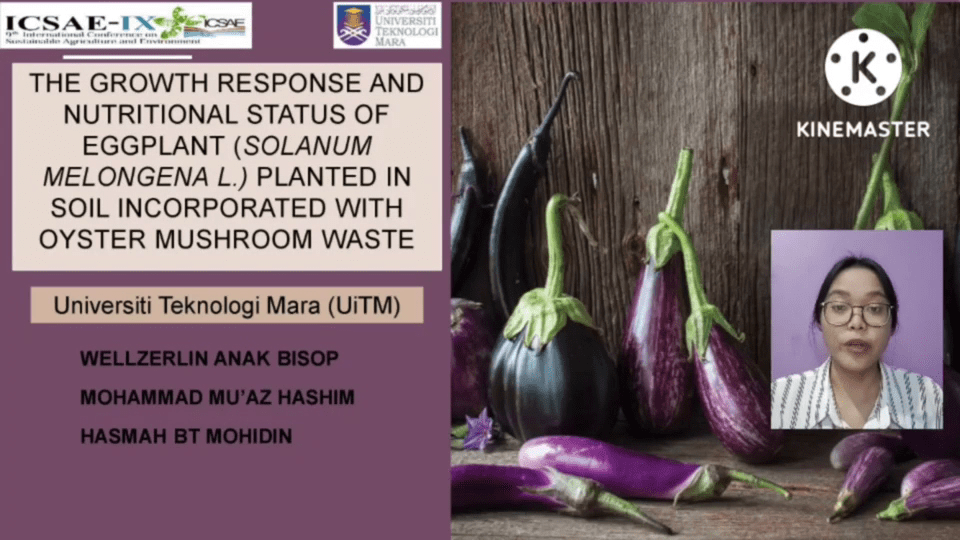Home » Room Video 6 » ID132 Morphological Identification of Ciplukan (Physalis angulata L.)
Paper ID: 132
Morphological Identification of Ciplukan (Physalis angulata L.) at Several Height for Domestication
B Pujiasmanto1,2*, Supriyono1, M T S Budiastuti1, D Setyaningrum3, DA Akbar1, and I R Manurung1,2
1 Department of Agrotechnology, Faculty of Agriculture, Universitas Sebelas Maret, Surakarta, Indonesia
2 Center of Biotechnology and Biodiversity, Research and Development, Universitas Sebelas Maret, Indonesia
3 Doctoral Program of Agriculture, Faculty of Agriculture, Universitas Sebelas Maret, Indonesia
*Email: baambang_p56@staff.uns.ac.id
Ciplukan is a medicinal plant whose benefits are not widely known by the public. Plant morphological characterization is very important for detecting the specific traits of interest, identifying duplicate accessions, and structuring populations for conservation expansion. This research aimed to know the difference in morphology, ecology of ciplukan at several altitudes and determine the level of success for ciplukan cultivation. The sample selection used a purposive random sampling method. The research results showed that there were differences in the morphology of ciplukan in leaf size, stem characteristics, and flower color. Agroecological factors that play a role in the cultivation of ciplukan were light intensity, temperature, and humidity. The leaves, stems and flowers of ciplukan are different at each altitude. The leaf size in the lowlands is larger than in other plains, which is about 7.2 cm long and 3.66 cm wide. The leaf size in the mediumlands is about 5.88 cm and the width is 2.41 cm, while in the highlands it has the smallest size, namely the average leaf length is 3.5 cm and 2.3 cm. Ciplukan stems in the highlands have clear differences with other plains ciplukan stems, namely the round shape of a greenish purple color and the nature of the woody stems.


